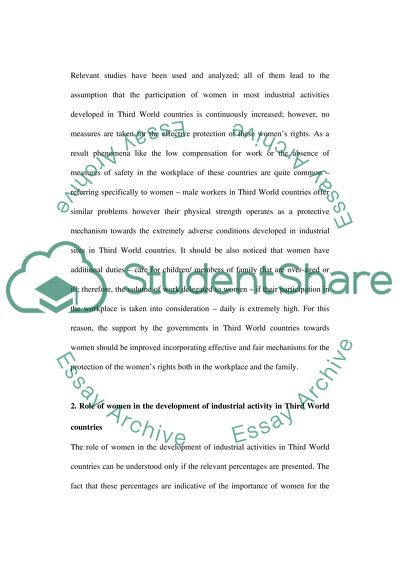Cite this document
(“How the globalization of industry has led to the deterioration of the Essay”, n.d.)
How the globalization of industry has led to the deterioration of the Essay. Retrieved from https://studentshare.org/gender-sexual-studies/1550922-how-the-globalization-of-industry-has-led-to-the-deterioration-of-the-position-of-women-in-third-world-countries
How the globalization of industry has led to the deterioration of the Essay. Retrieved from https://studentshare.org/gender-sexual-studies/1550922-how-the-globalization-of-industry-has-led-to-the-deterioration-of-the-position-of-women-in-third-world-countries
(How the Globalization of Industry Has Led to the Deterioration of the Essay)
How the Globalization of Industry Has Led to the Deterioration of the Essay. https://studentshare.org/gender-sexual-studies/1550922-how-the-globalization-of-industry-has-led-to-the-deterioration-of-the-position-of-women-in-third-world-countries.
How the Globalization of Industry Has Led to the Deterioration of the Essay. https://studentshare.org/gender-sexual-studies/1550922-how-the-globalization-of-industry-has-led-to-the-deterioration-of-the-position-of-women-in-third-world-countries.
“How the Globalization of Industry Has Led to the Deterioration of the Essay”, n.d. https://studentshare.org/gender-sexual-studies/1550922-how-the-globalization-of-industry-has-led-to-the-deterioration-of-the-position-of-women-in-third-world-countries.


